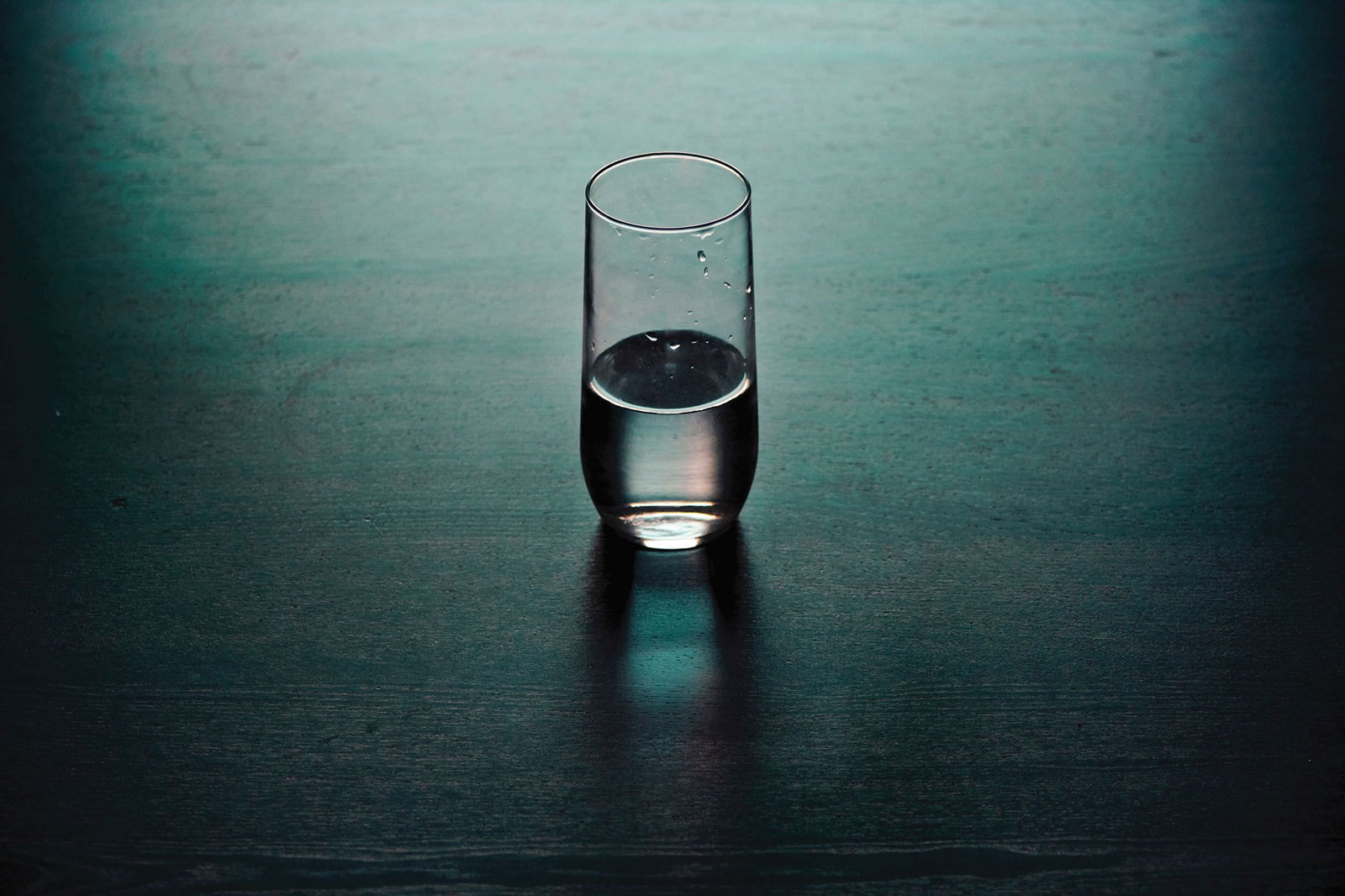Lake Michigan is not only a source of beautiful sight lines and the country’s third coast, it is also home to one of the most massive bodies of clean water in the country. However, an underlying and potentially hazardous chemical lingering in Chicago’s poor water main infrastructure threatens to contaminate our freshest natural resource before it even reaches our homes: lead.
Lead is a bluish-gray metal found in the earth’s crust as well as plants, animals, air, water, and soil. Uses for lead include piping, plumbing, construction materials, and lead-acid batteries. The Environmental Protection Agency and the U.S. Centers for Disease Control and Prevention say lead is unsafe at any level.
The substance can cause different health ailments, with its most toxic effects altering the brain and the nervous system. Lead has been linked to heart disease and kidney failure, as well as bone marrow damage, reproductive problems, and negative digestive symptoms including nausea, constipation, and stomach cramps. According to the American Cancer Society, high levels of lead can also cause headaches and problems with mood, thinking, and memory, as well as tremors or weakness in one’s fingers, wrist, or ankles.
As of 2019, Chicago has more lead service lines than any other U.S. city.
Lead is even more dangerous in young children. Children under the age of six are considered most vulnerable to the negative impacts of lead since their bodies are still developing. According to the American Cancer Society, lead poisoning in children can lead to lower intelligence, stunted growth, impaired hearing, and behavioral and learning problems. The link between lead in cancer, however, is less apparent, though it is still significant enough for the American Cancer Society to report that “several studies in lab animals have found that exposure to lead compounds by swallowing or other means can cause cancer.” The ACS has also reported that “kidney tumors have been linked with lead most strongly, but tumors of the brain, lung, and some other organs have also been linked to lead in different studies.” Overall, it is difficult to determine lead’s ability to specifically cause cancer due in large part to the fact that it can derive from a variety of different sources. However, the inconclusiveness of these results do not mitigate the risk factors from lead exposure.
Lead contamination in Chicago far surpasses numerous other cities of considerable size. Up until 1986, when Congress banned the use of lead service lines, the city of Chicago continued to build with lead service lines between street mains and homes even as other cities stopped using them for construction projects. As of 2019, Chicago has more lead service lines than any other U.S. city.
Unlike other parts of the country, Chicago receives its water from Lake Michigan and it is usually lead-free after leaving the city’s treatment plants. However, Chicago’s water can get contaminated while passing through the numerous service lines and internal plumbing systems made of lead piping. According to the Chicago Tribune, lead service lines typically contribute to 50 to 75 percent of lead in drinking water when present. Levels of contamination depend on the time of the day, the amount of water usage, and the length of one’s service line. However, recent testing found lead-contaminated water in at least one home in all 77 of Chicago’s community areas. Additionally, last spring, the Chicago Park District shut off 550 water fountains due to levels of lead in drinking water. Federal guidelines, unfortunately, do not require testing in daycare centers, schools, or parks unless water comes from independent water systems like wells.
Despite Chicago's attempts to improve the city's water system, our water has become more, not less, contaminated.
Despite Chicago‘s attempts to improve the city’s water system, our water has become more, not less, contaminated. New cast iron piping installed as part of a more extensive, city-wide water main update has dramatically increased the chances of otherwise clean water being infected by the time it reaches a home, especially if water has been stagnating in service lines for several hours, reports the Chicago Tribune. Moreover, street work—which frequently dominates the spring, summer, and fall seasons in the city—often shakes loose any protective coating lining lead pipes, creating a direct form of contamination.
An analysis from the Chicago Tribune found lead in water drawn from nearly 70 percent of the 2,797 homes tested using the city of Chicago’s free water testing kits during the last two years. Additionally, tap water in three out of every ten homes sampled had lead concentrations above 5 ppb (parts per billion), the maximum allowed in bottled water by the U.S. Food and Drug Administration. In childcare facilities tested by the Environmental Defense Fund, seven of the 11 facilities had at least one drinking water sample over the organization’s benchmark of 3.8 ppb of lead.
Despite these results, the city of Chicago is still considered in compliance with federal water quality regulations. According to the Chicago Tribune, utilities comply as long as 90 percent of the homes tested have lead levels below 15 ppb, a standard the EPA set nearly three decades ago. To meet the testing minimum, Chicago must test every three years in 50 homes, providing a limited, at best, representation of the city’s levels of lead. The easiest way for consumers to determine water contamination is to test it in their own home. Chicago offers free testing kits by request. Citizens can also access the city’s lead testing website where they can see the results of previously tested water samples in their neighborhood. However, this initial step does not address the next steps if lead contamination is detected.
Organizations like the EPA recommend using a water filtration system as the first line of defense against lead. NSF International provides a consumer guide online for the best devices to remove lead. Although there are not many options, there are affordable water pitchers which can filter out the majority of the lead in one’s water. Consumers should look for an NSF-certification when purchasing their filters.
An analysis from the Chicago Tribune found lead in water drawn from nearly 70 percent of the 2,797 homes tested using the city of Chicago's free water testing kits during the last two years.
However, using a water filtration system in one’s home only provides a temporary solution to the larger systemic problem of lead contamination. The best solution would entail the city replacing lead service lining. According to The Associated Press, no city in America has more lead service lines than Chicago. Reports from the AP and WBEZ indicate the cost to replace each lead service line ranges from $2,500 – $10,000, with nearly 380,000 service lines impacted. However, according to the Chicago Tribune, the Mayor’s office has said it is up to the homeowners, not the city, to decide if it is worth replacing the lead pipes at the homeowner’s expense.
Another solution includes adding orthophosphate to Chicago’s water to create a protective coating inside the pipes, preventing lead from entering the water. However, according to Marc Edwards, an environmental engineer from Virginia Tech, Chicago doesn’t add enough orthophosphate to its water to make a sizeable difference. Flint, Michigan, which has made international headlines for their lead contamination, treats its pipes with nearly six times as much orthophosphate as Chicago, reports WBEZ.
Once Mayor Rahm Emanuel steps down from office this year, whoever wins Chicago’s mayoral election must address the city’s lead contamination problem. It should not be up to the citizens of the city to monitor contamination—the city’s government should address the issue through the commercial implementation of new city service projects. Our lives could depend on it.







